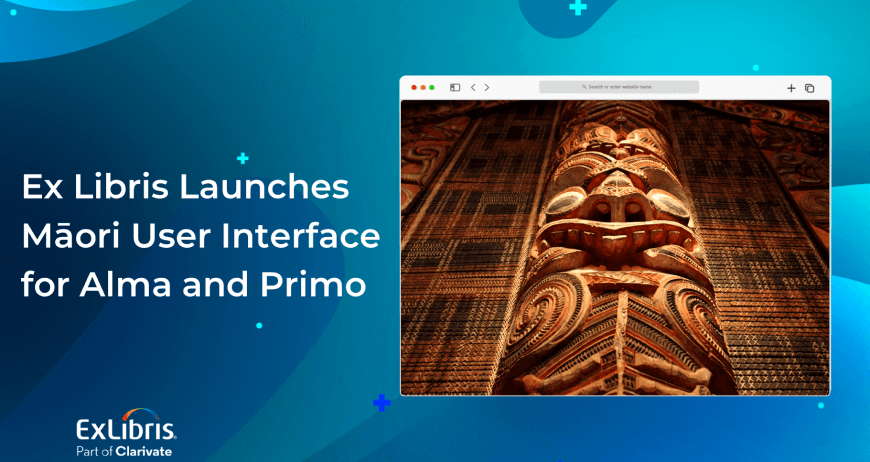One of the most exciting parts of being a product manager is getting to see your “baby” come to life – and last week ended with one of those moments for me. But I’m getting ahead of myself; let’s start at the beginning…
In building the URM, Ex Libris is applying a number of “agile development” techniques. For those of you unfamiliar with this methodology, it’s a newer approach to software development that emphasizes rapid, yet high-quality delivery; ongoing review and adaptation; and a business approach that aligns product development with customer needs and company goals. The goal is to create an agile process (hence the name) that allows us to review and test our work as we go, modifying the URM functionality as needed to meet our success criteria.
From a product management perspective, the URM team works closely with our colleagues in development to prioritize the functionality that is added to the product in a series of month-long development iterations or “sprints”. Ultimately, these sprints are packaged into a “drop” – a set of end-to-end workflows across functional areas that can be implemented and tested with real data by our partners. As part of this process, we’ll be creating an ongoing cycle of feedback and adjustments based on our partners’ experiences. Our first drop will be delivered to our URM partner libraries in June of this year, with successive drops approximately every 3-4 months thereafter until our last drop – the complete v. 1 release – in the second half of next year.
And, because we’re building upon the proven infrastructure of Rosetta, Ex Libris’s solution for preservation of digital assets, we have a huge “leg up” on many of the core pieces of functionality necessary in the URM – things like operator management and privileges, the inventory model, and more are already in place and ready to go with little or no modification required.
Which brings me to last week. My colleagues in development finished the first official URM sprint, which included a number of demonstrable features. While I had an opportunity to review a lot of work, including the infrastructure for user interfaces and menu systems, the thing that made me really happy is the implementation of currency management services. Now why get excited about, of all things, currency management? Well, I’ve always wanted an acquisitions module that would automatically query an external currency service and update the conversion rates. And in January, the URM development team made it happen! For the many libraries that order in multiple currencies, the URM will eliminate all of the manual work that’s currently necessary to ensure accurate, real-time commitments and expenditures in selection and acquisition. Hear, hear!
We also finalized our planning for February’s sprint last week, and I can’t wait to see – and provide feedback on – this month’s deliverables. Stay tuned for more information on the URM…and the new features that are evolving even as I write!
Kathryn









